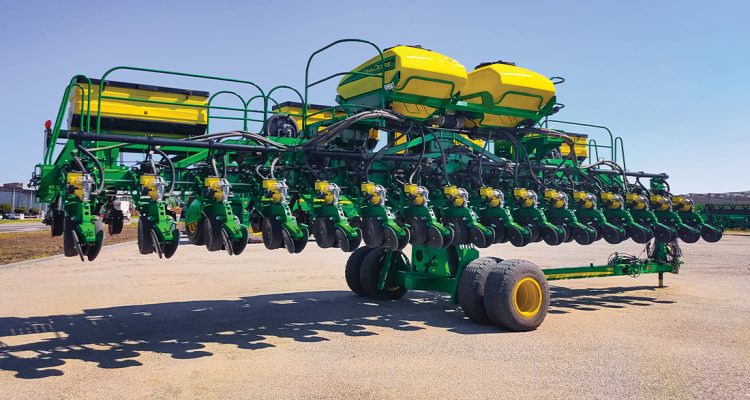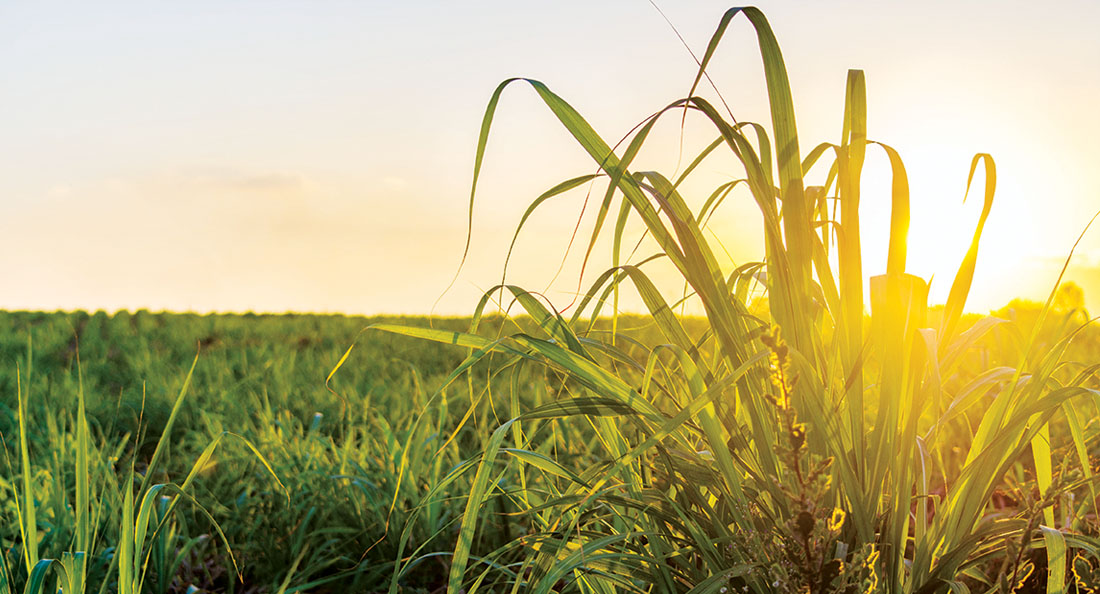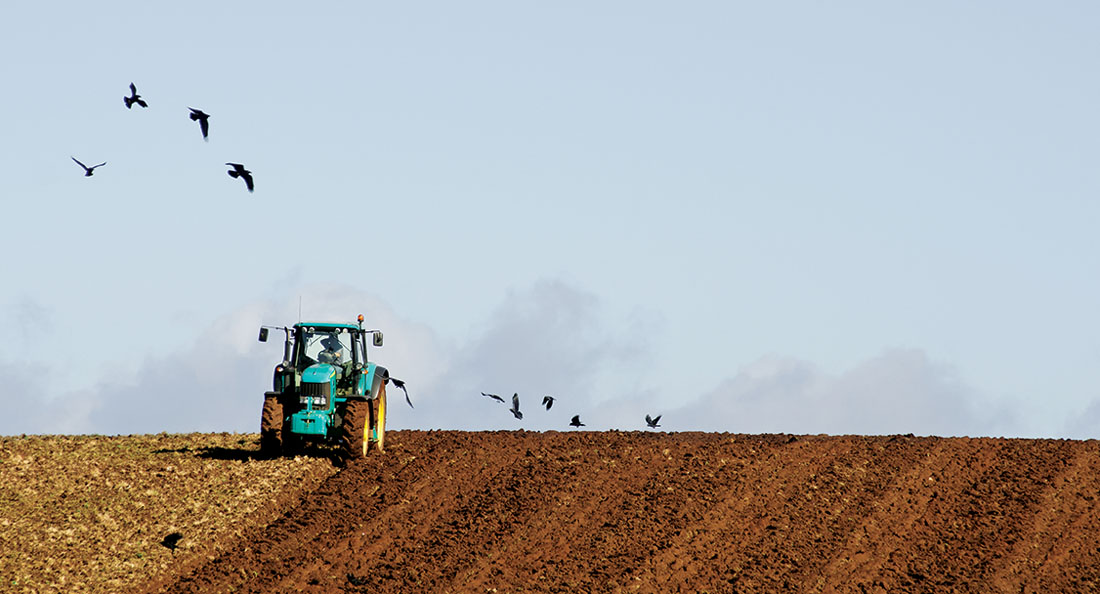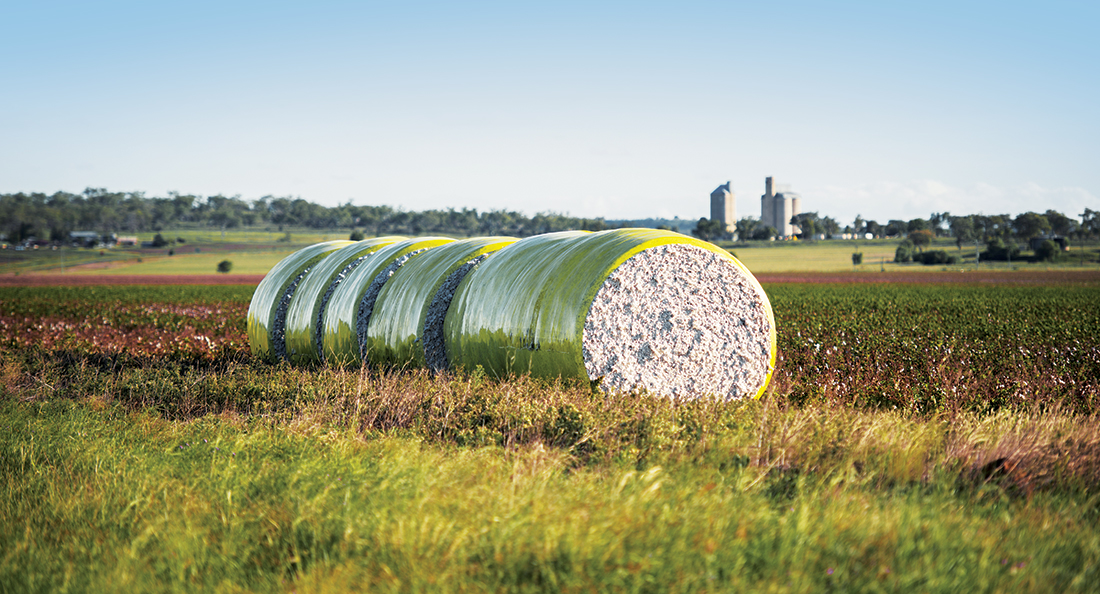One of the biggest challenges with operating hydraulic air seeding equipment is managing and controlling clumping and blockages that accumulate in the seeding hose from residue in the field. Weeds, soil, animal manure, and fertiliser can prevent an air seeder from releasing even pressure and dispersing seeds at a consistent rate and depth in the ground.
To deter the effects of residue and clumping blockages, many growers prefer to use disc seeders, rather than a more traditional tyne seeder machines, because they have a greater ability to handle heavy crop residues. However, according to Australian Government’s Grain Research and Development Corporation, one potential limitation to disc seeders is what is known as residue ‘hair-pinning,’ where residue is forced into the furrow by the disc opener resulting in poor seed to soil contact and a reduced ability to cut down residue.
Residue handling is particularly challenging in soft soil conditions, which can become quickly apparent to novice growers operating disc seeding systems. Consequently, controlling hair-pinning by minimising residue is critical to ensuring precision seeding and sowing processes and evenly spaced rows of crops.
According to Fellipe Ramos, Category Manager at CRAM, one way this can be achieved is by ensuring disc seeder units are fitted with premium hydraulic down-pressure systems. In addition, they are fitted with dialled pressure control systems which can be gauged easier for better handling of residue materials and more precision air flow of seeds.
“The OEM standard for disc seeders is actually a static spring system that bounces up and down by way of a single push button system,” he says. “For this reason, it is imperative that farmers invest in adequate hydraulic down-pressure system upgrades for their disc seeders. This will allow them to achieve a smoother and steadier motion from the disc arms and achieve uniform pressure with every disc opener stroke toward the ground.”
CRAM’s Engineering and Design Services team specialises in the design, manufacture and maintenance of hydraulic equipment and fluid power systems, which includes custom engineered hydraulic solutions for equipment manufacturers within the agriculture sector such as hydraulic pumps, cylinders, and manifolds. In addition to this, the CRAM Engineering and Design team can also provide hydraulic pressure valves and control systems to suit the requirements of a diverse range of agricultural applications.
Fellipe says that CRAM stepped in to assist one of CRAM’s local customers who specialises in upgrading OEM disc seeders with hydraulic down-pressure systems. CRAM assisted with the design and implementation of a custom pressure control system for their disc seeders which would allow remote access to the hydraulic circuits via the cabin of a tractor.
“Our engineering team visited the customer’s manufacturing facility to assess the hydraulic down-pressure systems and make calculations around the design of the pressure control system. What we discovered while doing this was that there were some glaring inefficiencies in the manifold at the back of the machine which was responsible for pressure control,” explains Fellipe.
“The pressure control manifold was located behind the disc seeder machine which is attached to a tractor during operation,” he elaborates. “So basically, to adjust the pressure of the valve, a farmer would need to stop the tractor, and walk to the back of the machine. And even then, the system was limited to basically just a high, medium, mild, and off position for pressure control.”
The solution CRAM designed was a custom pressure control system valve that allowed a metered range of proportional pressure valve by using a electronic control system to dial the pressure up and down from inside the tractor cabin. The dial system displays the pressure and sends an electrical signal to the valves on the disc seeder machine through electrical cables, prompting the pressure valves to open and close proportional to the meter range.
“The valve we selected was electro-proportional based, meaning that the operator would have full control of the hydraulic pressure at an increment of 0 to 100,” explains Fellipe. “For example, a farmer might want to just open the valve two percent or five percent, and our pressure control system will convert to pressure on the equipment side – allowing for full control of how much pressure they are putting into the equipment.”
The complete solution would provide operators with total control of the balance of the hydraulic down-pressure system, which could quickly and efficiently be dialled to have more bounce or rigidity, depending on the specific requirements of the operation. The customer was very happy with the result, recognising it as a great improvement to the standard fixed control system where previously operators could only control the flow of air going in and out of the seeder, but not the actual air pressure, according to Fellipe.
“By ensuring the hydraulic down-pressure systems on disc seeders are fitted with a pressure control valve, farmers will have the ability to adjust the air pressure from inside the cabin of the tractor on a metered system for uniform and consistent pressure on air seeding applications,” he concludes. “The result is better seed to soil contact, and ultimately, a smoother and more precise flow of the seeds.”




